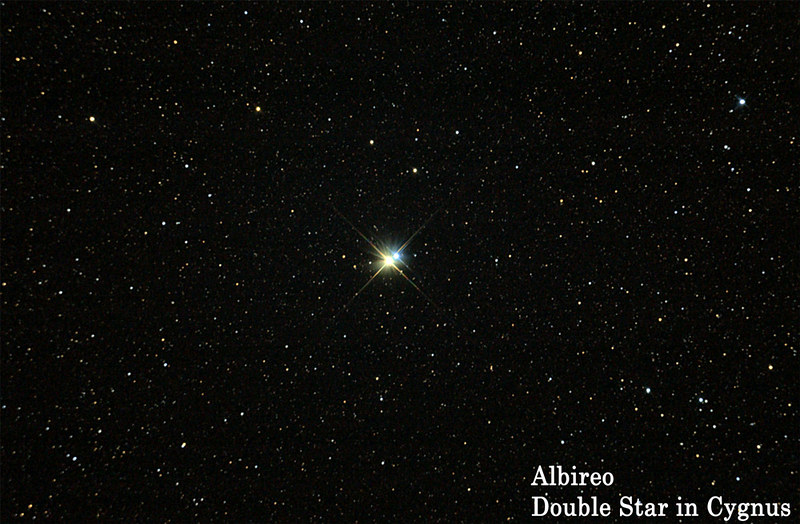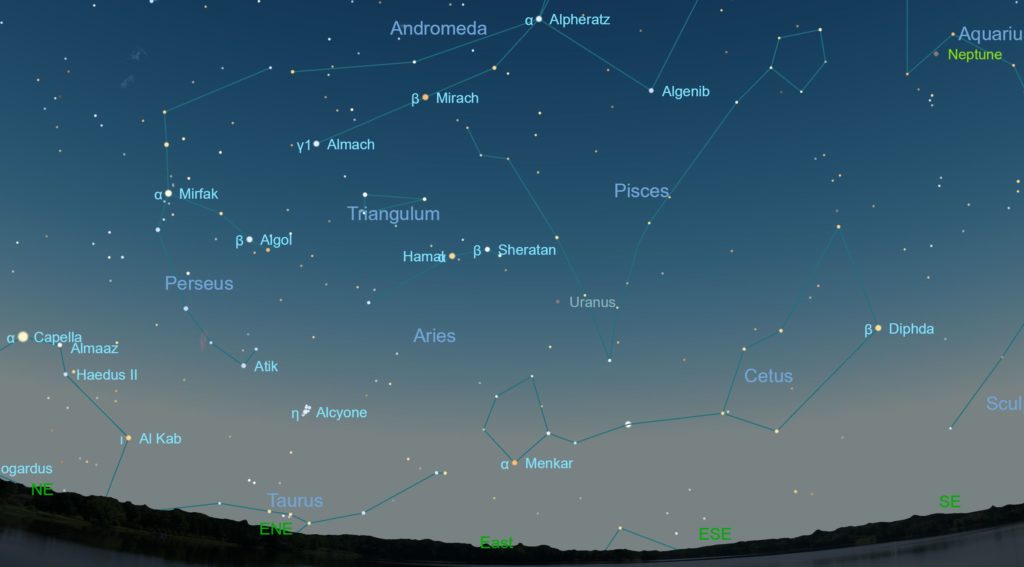
Galaxies abound in the deep sky of northern autumn and imagers and visual observers with big telescopes and dark sky have plenty of choice targets. But for us urban visual observers with smaller scopes, galaxies, despite shining with the combined light of several hundred million stars, usually look a little underwhelming. So what’s left to see? Double stars, of course! Often overlooked for flashier sights, double (and multiple) stars offer a great challenge, contrasting colours, and understated but still gasp-worthy beauty that doesn’t take long to appreciate. Here are five superb double stars for northern autumn observers that will make you a fan of these under appreciated objects, listed approximately in order of easiest to hardest to observe [Read more…] about Five Fall Double Stars for a Small Telescope
Share This:


